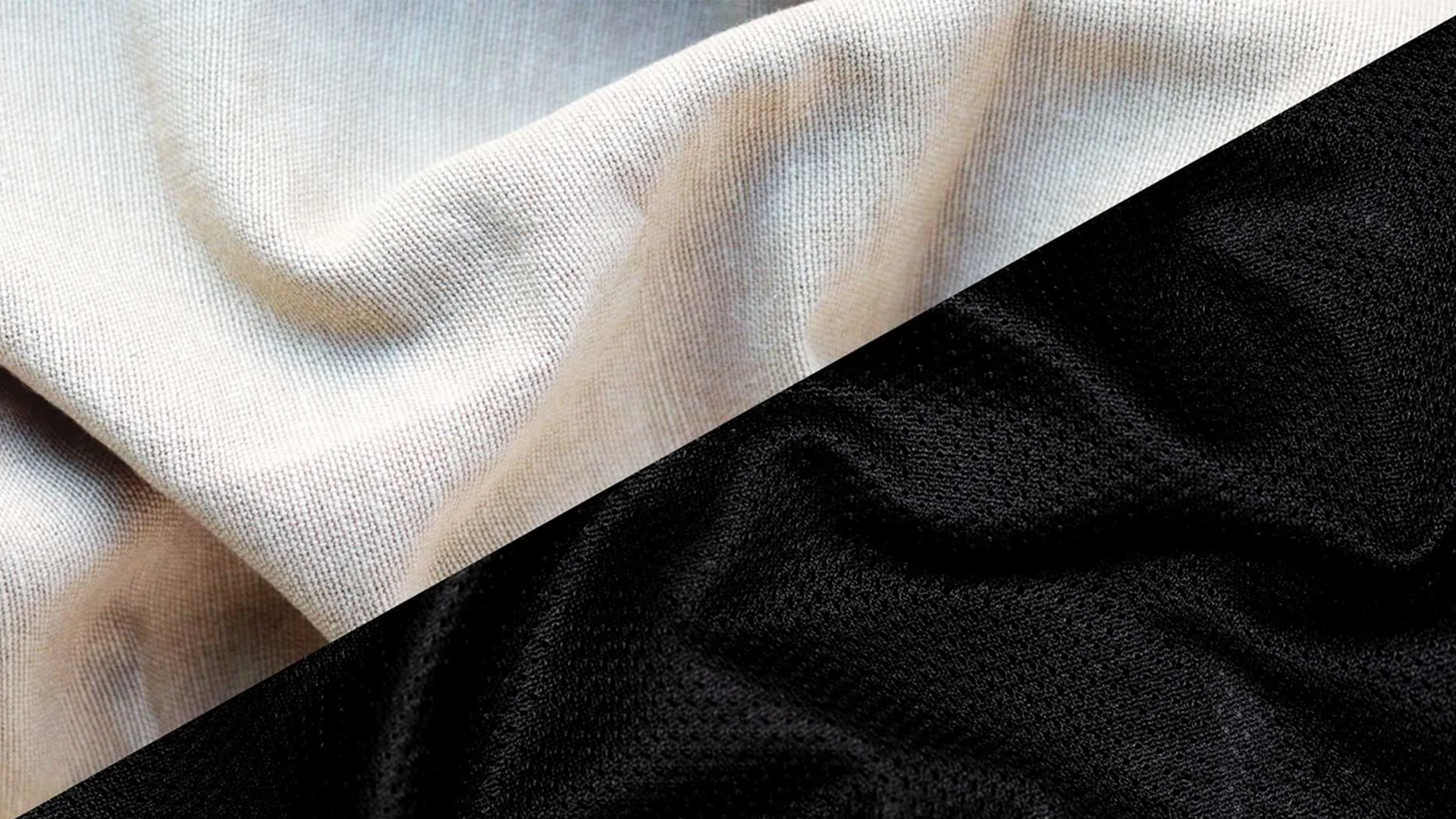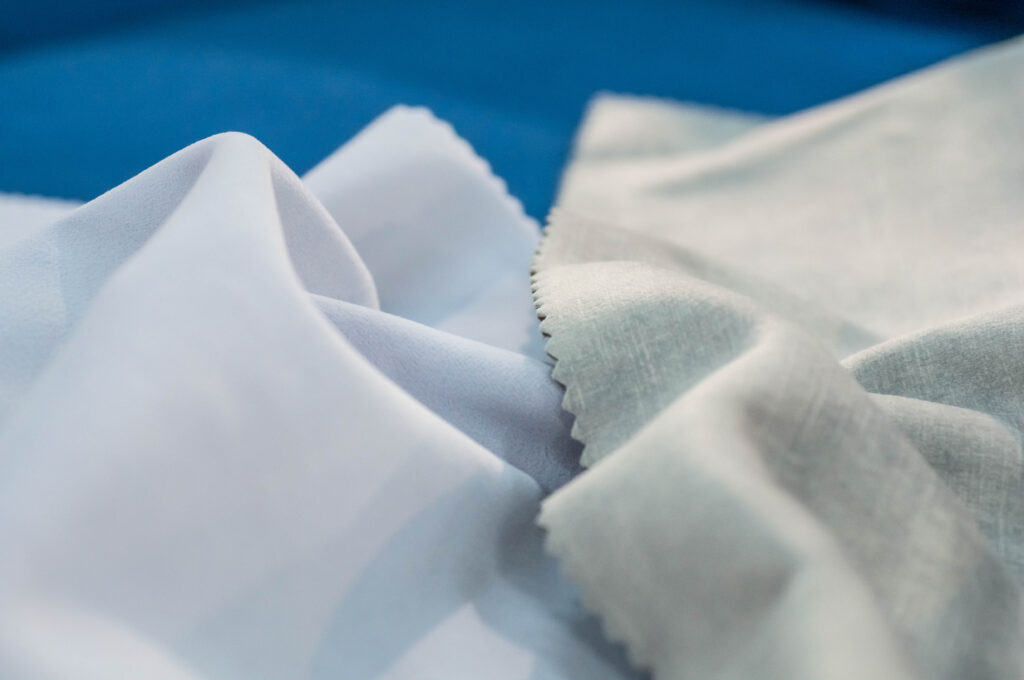Polyester vs. Poly Cotton vs. Cotton

When buying a tent, choosing the right tent fabric is just as important as selecting the right size or design. The three most common materials used in high-quality tents are polyester, cotton (canvas), and polycotton. Each has its own strengths and trade-offs depending on your camping style, climate, and sustainability goals.
Here’s a breakdown of the key differences to help you choose the best option for your next outdoor adventure.

Polyester Tents: Durable and Low Maintenance
Polyester is one of the most widely used synthetic fabrics for tents, and it’s easy to see why. It’s known for its strength and resistance to the elements, making it a top choice for everything from budget-friendly models to rugged, all-weather shelters.
Polyester is quick-drying, moisture-wicking, and holds up well in both sun and rain. It doesn’t absorb water easily and is resistant to mildew, which means less maintenance after a wet weekend. It’s also more affordable than natural fibers, making it ideal for budget conscious shoppers.
However, polyester isn’t very breathable. In warmer climates, tents made from this material can retain heat, which may make the interior feel warmer than you’d like. And since it’s made from petroleum-based products, it’s not the most sustainable option on the market.
Best for: All-weather reliability, affordability, low-maintenance needs.
Cotton Tents: Natural, Breathable, and Eco-Friendly
Cotton, also referred to as canvas when used in tents, is a natural fiber loved for its comfort and sustainability. Cotton tents are exceptionally breathable, which means they stay cool in warm weather and help reduce condensation buildup inside the tent. If you’re sensitive to synthetic materials, cotton is also a hypoallergenic choice.
Because it’s naturally insulating, cotton is ideal for keeping tent interiors at a comfortable temperature. It’s also biodegradable and one of the most environmentally friendly options available.
That said, cotton tents are heavier and take longer to dry out when wet. They may also require more care over time, as the fabric can soften, fade, and break down faster than synthetic alternatives.
Best for: Eco-conscious campers, glamping, longer stays in moderate to warm climates.
Polycotton Tents: A Balanced Blend of Comfort and Strength
Polycotton combines the natural breathability of cotton with the durability of polyester. This blended fabric is often considered the best of both worlds—stronger than pure cotton, but more breathable and comfortable than 100% polyester.
Because polycotton is less absorbent, it dries more quickly than traditional canvas and resists moisture better, which is especially useful in unpredictable weather. It’s also easier to clean and maintain compared to cotton while still offering a softer, more natural feel.
Though polycotton tents may come at a slightly higher price point, their balance of performance and comfort makes them a popular choice among frequent campers.
Best for: All-season camping, comfort-focused campers, those who want durability without sacrificing breathability.
Understanding GSM: What It Tells You About Tent Fabric
GSM stands for grams per square meter and is a measure of fabric weight. A higher GSM indicates a denser, more durable material, while a lower GSM means the fabric is lighter and often more breathable.
This is especially important when comparing cotton or polycotton tents, where the feel and function of the fabric can change significantly based on GSM. While lightweight fabrics are easier to pack and carry, higher GSM options offer better protection and longevity.

Which Tent Fabric Should You Choose?
If you’re looking for a rugged, budget-friendly tent that performs well in all types of weather, polyester is a solid option. For campers who prioritize comfort, breathability, and sustainability, cotton is hard to beat. And if you want something in the middle—durable, breathable, and reliable in various conditions—polycotton is a fantastic choice.
Each fabric has its place depending on how and where you camp. Understanding the trade-offs between polyester, cotton, and polycotton tents will help you make the best decision for your outdoor lifestyle.
Looking to compare options? Explore our collection of high-quality tents in all three fabric types, and find the perfect fit for your next adventure.



